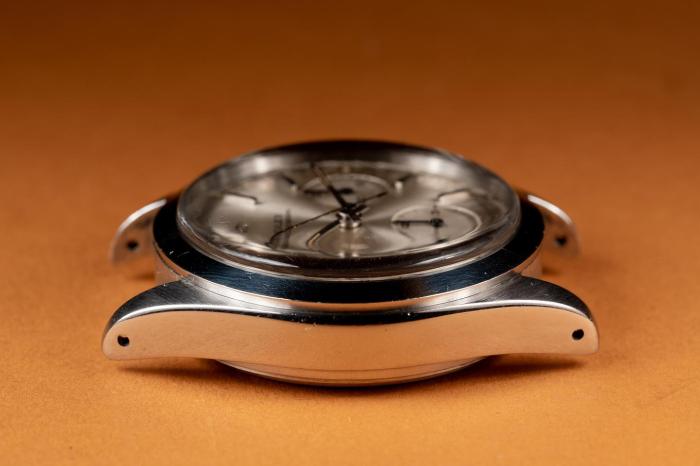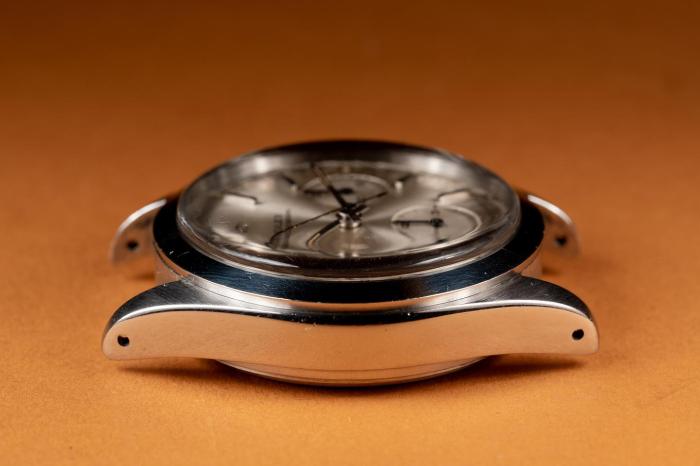Historical Context of 1963 Rolex Watches

1963 was a pivotal year, marked by significant global events and evolving cultural trends that subtly, yet undeniably, influenced the design, production, and perception of luxury goods, including Rolex watches. The year’s atmosphere of both optimism and underlying tension shaped the aesthetic and technological directions of the watchmaking industry.
1963 rolex watch – The assassination of President John F. Kennedy in November cast a long shadow over the year, impacting global sentiment. Simultaneously, the Cold War remained a persistent backdrop, with the Cuban Missile Crisis still fresh in the collective memory, highlighting a world on the brink. These events, though seemingly distant from the world of horology, contributed to a complex social climate that impacted consumer behavior and the demand for luxury items like Rolex watches – items often seen as symbols of stability and enduring quality in times of uncertainty.
Fashion and Design Trends of 1963, 1963 rolex watch
The mid-1960s saw a shift in fashion towards a more streamlined and minimalist aesthetic. This contrasted sharply with the exuberance of the late 1950s. Clean lines, subtle detailing, and a focus on functionality were becoming increasingly prevalent in design across various sectors, influencing the watch industry’s move towards more understated elegance. While Rolex maintained its commitment to robust construction, the prevailing trends likely influenced the subtle refinements in case design and dial aesthetics seen in their 1963 models. The emphasis on understated sophistication reflected a broader societal move away from overtly flamboyant styles.
Technological Advancements in Watchmaking (1963)
While 1963 wasn’t a year of revolutionary breakthroughs in watchmaking technology for Rolex specifically, it represented a period of steady refinement and improvement in existing techniques. The focus remained on enhancing the precision, durability, and reliability of mechanical movements. Rolex’s commitment to in-house manufacturing and rigorous testing ensured that their watches continued to be at the forefront of accuracy and dependability. The advancements were less about dramatic innovation and more about incremental improvements in materials, manufacturing processes, and the overall precision of their movements. This meticulous approach to refinement solidified Rolex’s reputation for producing exceptionally reliable timepieces.
Key Milestones in Rolex History (Leading to 1963)
Understanding the context of Rolex in 1963 requires examining its preceding decades of development. The company’s journey to becoming a global icon involved consistent innovation and a relentless pursuit of excellence.
| Year | Milestone |
|---|---|
| 1905 | Rolex founder Hans Wilsdorf registers the Rolex trademark. |
| 1910 | The first Rolex watches are produced. |
| 1926 | The Oyster, the world’s first waterproof wristwatch, is launched. |
| 1931 | Rolex introduces the Perpetual rotor self-winding mechanism. |
| 1945 | The Datejust model, featuring a date window, is introduced. |
| 1953 | Sir Edmund Hillary wears a Rolex Oyster Perpetual during his conquest of Mount Everest. |
| 1963 | Rolex continues its steady refinement of existing models, focusing on precision and reliability. Specific model releases from this year are indicative of the brand’s ongoing commitment to excellence. |
Do not overlook the opportunity to discover more about the subject of rolex datejust pink.
